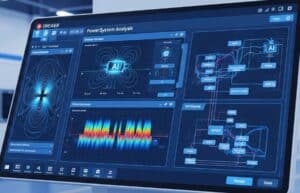
Online AI tools are rapidly transforming electrical engineering by augmenting human capabilities in circuit design, system analysis, electronics manufacturing, and power system maintenance. These AI systems can process vast amounts of simulation data, sensor readings, and network traffic, identify complex anomalies or performance bottlenecks, and generate novel circuit topologies or control algorithms much faster than traditional methods. For instance, AI can assist you in optimizing PCB layouts for signal integrity and manufacturability, accelerate complex electromagnetic or power flow simulations, predict semiconductor device characteristics, and automate a wide range of signal processing and data analysis tasks.
I suggerimenti forniti di seguito aiuteranno, ad esempio, a progettare in modo generativo antenne o filtri, ad accelerare le simulazioni (SPICE, simulazioni di campi elettromagnetici, analisi della stabilità dei sistemi di alimentazione), a contribuire alla manutenzione predittiva, in cui l'intelligenza artificiale analizza i dati dei sensori dei trasformatori di potenza o dei componenti della rete per prevedere potenziali guasti, consentendo un'assistenza proattiva e riducendo al minimo i tempi di inattività, a selezionare i materiali dei semiconduttori o a scegliere i componenti ottimali (ad esempio, a scegliere il miglior amplificatore operazionale per parametri specifici) e molto altro ancora.
- Questa pagina è specifica per un dominio. Se necessario, è possibile disporre di funzionalità di ricerca complete per tutti i domini e tutti i criteri nel nostro > Elenco dei suggerimenti AI <, dedicato al design e all'innovazione dei prodotti.
- Per motivi di tempo e di risorse del server, le richieste sono riservate ai soli membri registrati e non sono visibili in basso se non si è registrati. È possibile registrarsi, 100% gratuitamente:
È necessaria l'iscrizione
Per accedere a questo contenuto è necessario essere membri.
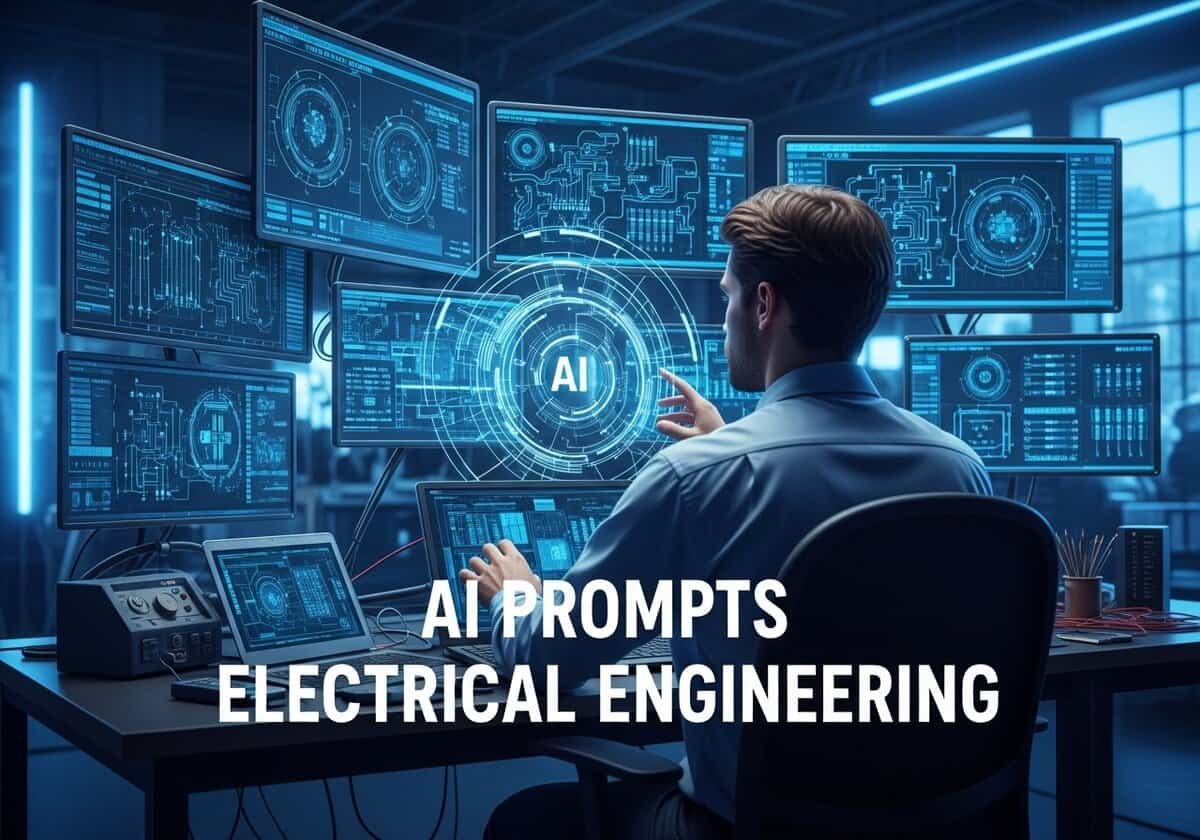





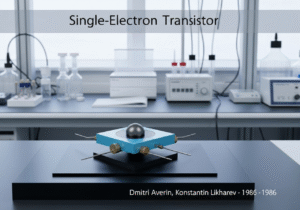
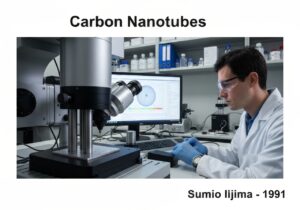







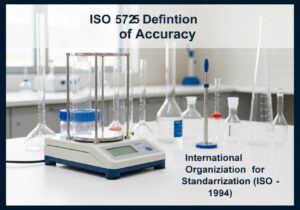










l'efficacia dell'IA nel generare suggerimenti dipende in larga misura dalla qualità dei dati di input?
anche progetti di ingegneria? Discutiamo anche di questo.
L'intelligenza artificiale non è una soluzione magica!
Post correlati
Greenwashing: i 15 migliori consigli di un gentiluomo per un inganno squisito
Come combattere al meglio un brevetto in sospeso
Tutti gli stati dei brevetti: PCT vs Brevetto in attesa vs Brevetto pubblicato vs Brevetto concesso
Le 10 migliori strategie e strumenti per l'invalidazione dei brevetti
Valutazione del ciclo di vita (LCA) nella progettazione del prodotto in particolare
Panoramica dell'analisi del valore del prodotto